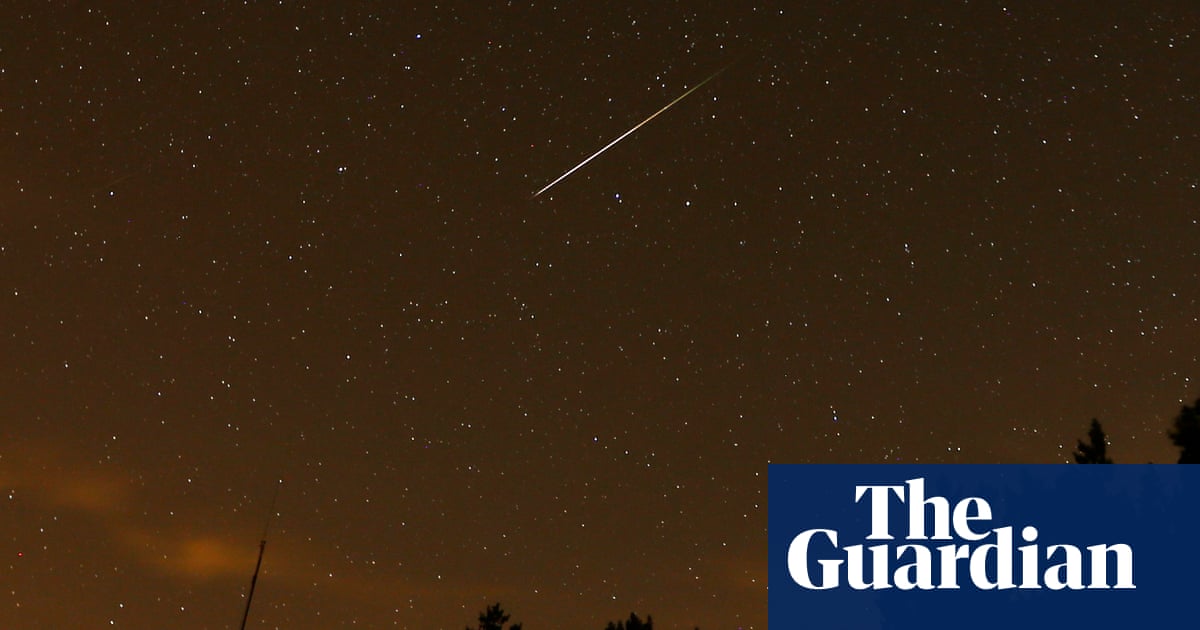This week the skies are expected to clear up – but that has nothing to do with sunshine: the annual Perseid meteor shower is approaching its peak.
The Perseids are considered one of the strongest meteor showers of the year. They are active from mid-July and are expected to reach their peak on the night of Monday, August 12th, to Tuesday, August 13th.
However, Dr Ed Bloomer, a senior astronomer at the Royal Observatory Greenwich, said there would not be a dramatic increase or decrease in visibility.
“The Perseids should be clearly visible on both days before and after, with local weather and lighting conditions likely being more important than the exact mathematical peak,” he said.
The meteors appear to lie between the constellations Camelopardalis and Persus, from which they take their name. Bloomer said it would be wise to look at them out of the corner of your eye.
“Perseus rises in the northeast as the sun sets, so you might want to look east,” he said, noting that peripheral vision is more sensitive to low light than central vision.
The spectacle is best seen in the Northern Hemisphere and occurs when the Earth collides with material shed by comet 109P/Swift-Tuttle as the planet orbits the Sun.
When the fragments – often no bigger than a grain of sand – hit the atmosphere, the air in front of them is compressed, generating heat and causing the fragments to burn up. The result is bright streaks in the sky.
“[The comet] is in this big, long orbit around the sun that takes 133 years, and it’s essentially debris being thrown out from behind it – so Swift-Tuttle is moving in its orbit, but then the Earth is essentially plunging into that orbit year after year,” Bloomer said, adding that this means the meteor shower forms at the same time and in the same place in the sky every year.
To optimize the chance of catching a glimpse of the celestial spectacle, stargazers are advised to go to a dark area at night or at least turn away from street lights and avoid looking at their phones.
“Maybe you’ll be lucky and see a fireball, [that’s] a piece of debris the size of a fist coming through the atmosphere – that can [on] for five, ten seconds. You might even see it break apart, and that’s pretty extraordinary,” Bloomer said. “But most of these things are little flashes.”
Bloomer said it can be fun to watch the Perseids with others, but he noted that the fleeting appearance of the Perseids is a personal experience. He recommends lying down in the grass and looking up.
“It’s not fireworks,” he said. “But you’re kind of seeing the mechanics of the solar system in action, which is pretty interesting.”



